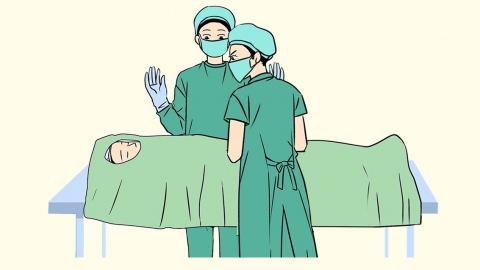How long does it take for limb function to recover after brain tumor surgery?
Generally, limb dysfunction after brain tumor surgery can improve within 7 to 10 days. If discomfort symptoms occur, it is recommended to seek timely treatment at a regular hospital. Detailed analysis is as follows:

When patients are in good physical condition before brain tumor surgery, without severe underlying diseases such as hypertension, diabetes, or cardiovascular and cerebrovascular diseases, and the brain tumor is benign, superficially located, and successfully removed without causing additional damage to brain tissue, postoperative recovery of limb dysfunction tends to be relatively rapid. Additionally, if patients actively cooperate with rehabilitation therapy after surgery, strictly follow medical advice for limb function training—including early passive movements and gradually increased active exercises—and maintain a positive psychological state without anxiety or depression caused by postoperative discomfort affecting the recovery process, limb dysfunction may recover significantly within 7 days under these favorable comprehensive conditions.
If patients have underlying health conditions, such as being elderly with chronic diseases like hypertension and hyperlipidemia, or if the brain tumor is malignant and located near critical neural functional areas, making the surgery more complex and inevitably causing some damage to surrounding brain tissues and nerves during tumor removal, even with a relatively successful surgery, limb function recovery may be slower. Moreover, if patients fail to start standardized rehabilitation training promptly after surgery, cannot maintain training intensity and frequency due to pain, fatigue, or other reasons, or have a poor psychological state characterized by impatience, lack of confidence, and消极 coping strategies toward rehabilitation, these factors can delay recovery of limb dysfunction, extending the recovery period to 10 days.
After surgery, patients and their families should closely monitor the recovery of limb function. If worsening limb movement disorders, increased pain, abnormal numbness, or other concerning symptoms occur, they should promptly inform the physician. Rehabilitation training should be conducted gradually to avoid overtraining-induced muscle strains or other secondary injuries. Regarding diet, it is important to maintain balanced nutrition by consuming adequate protein and vitamin-rich foods such as eggs, fish, fresh vegetables, and fruits to promote overall recovery.







